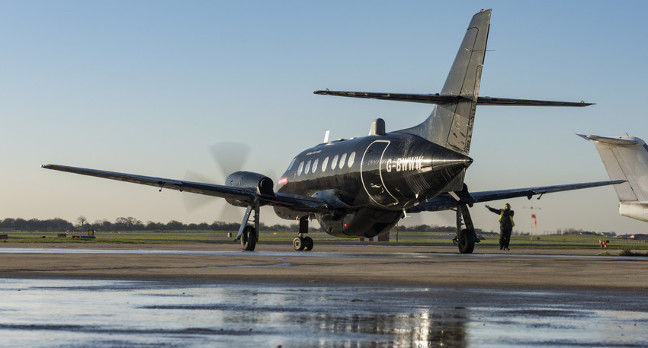Ukrain Today:
U.S.-supplied drones prove worthless against Russian jamming and hacking
A U.S. Marine operated Raven surveillance drone prepares to land outside a base in southwest Afghanistan (Getty Images)
Send via email
Ukrainian servicemen are disappointed with U.S. non-lethal military assistance
Millions of dollars' worth of U.S.-supplied drones that Kyiv had hoped would help in its war against Russian-backed separatists have proven ineffective against jamming and hacking, Ukrainian officials told
Reuters.
The 72 Raven RQ-11B Analog mini-drones were so disappointing following their arrival this summer that Natan Khazin, an advisor to Ukraine's military with deep knowledge of the country's drone program, said if it were up to him, he would return them.
Read also Washington Post: On Ukraine's front lines, U.S.-supplied equipment is falling apart
The hand-launched Ravens were one of the recent highlights of U.S. security assistance to Ukraine, aiming to give the country's military portable, light-weight, unarmed surveillance drones.
But they appear to have fallen short in a battle against the separatists, who benefit from far more sophisticated military technology than insurgencies the West has contended with in Afghanistan, Iraq or Syria.
The Air Force command of Ukraine's armed forces acknowledged to Reuters that the Ravens supplied by the United States had a fundamental drawback: Russia and the separatist forces it supports can intercept and jam their video feeds and data.
U.S. officials, speaking on condition of anonymity, acknowledged that Russia's electronic warfare capabilities were far more sophisticated than thought when the conflict started.
Read also OSCE to replace downed drones in Donbas
There were mixed accounts on how much the Ravens were being used in Ukraine.
The Air Force command of Ukraine's armed forces said they were being used in the "Anti-Terrorist Operation" zone, including in combat situations.
One Ukrainian official, however, speaking to Reuters on condition of anonymity, said that although drones were being used in the zone, they were not employed on the front lines.
Khazin said they were largely in storage and called them a vulnerability, allowing the enemy to see Ukrainian military positions and, when it wanted, easily take them down. They had short battery life and were unable to reliably fulfill the key mission of gaining intelligence on artillery positions, he said.




